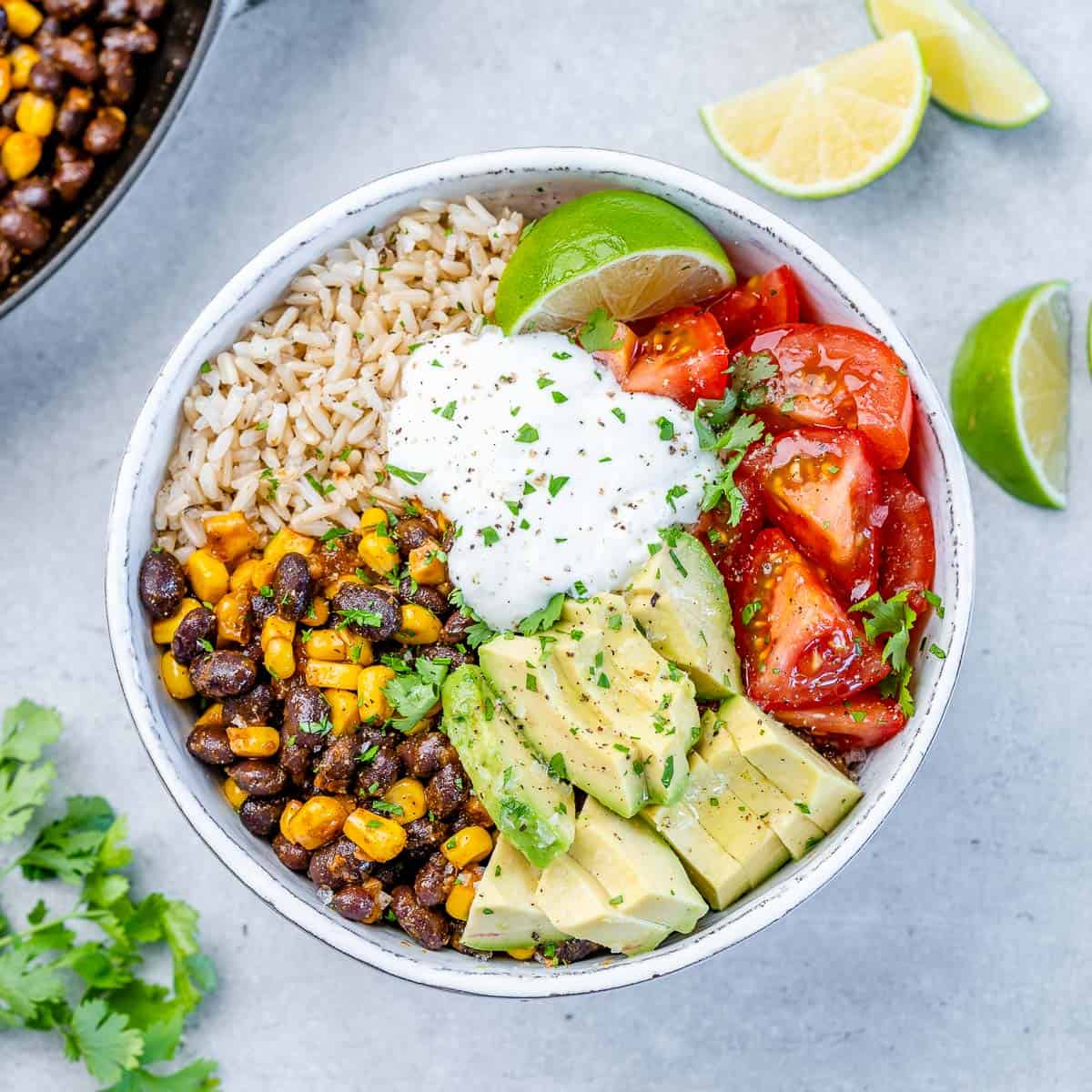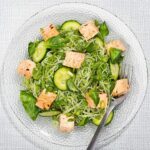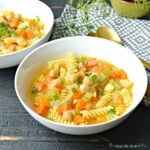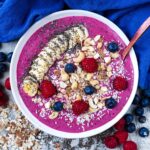Embark on a culinary journey exploring the vibrant world of vegetarian rice and grain bowls! These aren’t just meals; they’re canvases of flavor and texture, where the humble grain becomes the foundation for a symphony of tastes. From the earthy heartiness of brown rice to the delicate sweetness of quinoa, each grain offers a unique character, enhanced by a colorful array of vegetarian protein sources, vibrant toppings, and tantalizing sauces. Prepare to discover a world of satisfying and customizable bowls, perfect for any occasion.
This guide delves into the diverse world of grains and rice, showcasing their nutritional benefits and culinary versatility. We’ll explore a wealth of vegetarian protein options, from lentils bursting with flavor to the creamy richness of tofu. Learn to craft mouthwatering sauces and select exciting toppings that transform simple ingredients into extraordinary culinary creations. Discover the art of visually appealing bowl construction and master the techniques to create satisfying and customized meals that cater to various dietary preferences.
Variety of Grains and Rice

Vegetarian rice and grain bowls offer a delightful canvas for culinary creativity, with the foundation lying in the diverse range of grains and rice available. The choice of grain significantly impacts the bowl’s texture, flavor, and nutritional profile, allowing for endless variations in taste and experience. Selecting the right grain is key to crafting a satisfying and healthy meal.
Grain and Rice Variety Characteristics
The following table details ten different grains and rice varieties commonly used in vegetarian bowls, highlighting their unique characteristics. Each grain offers a distinct textural and flavor profile, contributing to the overall culinary experience. Understanding these differences allows for informed choices when designing a balanced and flavorful vegetarian bowl.
| Grain/Rice | Texture | Flavor Profile | Culinary Uses |
|---|---|---|---|
| Brown Rice | Chewy, slightly firm | Nutty, earthy | Base for bowls, stir-fries, salads |
| Quinoa | Fluffy, slightly crunchy | Mildly nutty, slightly sweet | Salads, bowls, side dishes, pilafs |
| Wild Rice | Nutty, chewy | Earthy, slightly smoky | Mixed with other grains, salads, stuffing |
| Black Rice | Chewy, slightly firm | Nutty, subtly sweet | Salads, desserts, side dishes |
| Basmati Rice | Fluffy, light | Slightly floral, delicate | Indian dishes, rice bowls, biryani |
| Jasmine Rice | Soft, slightly sticky | Fragrant, slightly sweet | Thai dishes, sushi, bowls |
| Farro | Chewy, slightly nutty | Earthy, slightly sweet | Salads, soups, stews |
| Freekeh | Chewy, smoky | Nutty, smoky, slightly grassy | Salads, soups, pilafs |
| Bulgur | Slightly chewy, firm | Nutty, slightly grainy | Salads, tabbouleh, stuffing |
| Oats | Creamy, soft | Mildly sweet, slightly nutty | Porridge, bowls, baked goods |
Nutritional Benefits of Grains and Rice
Each grain and rice type offers a unique nutritional profile, contributing essential vitamins, minerals, and fiber to a vegetarian diet. Brown rice, for example, is a good source of magnesium and manganese, while quinoa is a complete protein, containing all nine essential amino acids. Wild rice provides significant amounts of fiber and antioxidants. The selection of grains significantly impacts the nutritional value of the vegetarian bowl. The fiber content aids in digestion, while the protein supports muscle building and overall health. Vitamins and minerals contribute to various bodily functions, ensuring a well-rounded and nutritious meal.
Cooking Methods for Grains and Rice
Cooking methods vary significantly depending on the grain type. Brown rice typically requires a 1:2 water-to-rice ratio and cooks for approximately 45 minutes. Quinoa, on the other hand, usually follows a 1:1.5 ratio and cooks in about 15 minutes. Wild rice requires a longer cooking time, often around 45-60 minutes, with a 2:1 water-to-rice ratio. Other grains like farro and freekeh may require soaking beforehand to reduce cooking time. Precise cooking instructions are usually found on the packaging, ensuring optimal texture and flavor. Proper cooking ensures the grains reach their peak texture and flavor, contributing to an enjoyable and satisfying culinary experience.
Creating vegetarian rice and grain bowls is more than just assembling ingredients; it’s an art form. By understanding the nuances of different grains, proteins, and flavor combinations, you can craft bowls that are not only nutritious but also visually stunning and incredibly satisfying. The journey from selecting the perfect grain to arranging the final toppings is a process of culinary exploration, allowing for endless creativity and personalized expression. So, unleash your inner chef and embark on this delicious adventure – your taste buds will thank you!
Frequently Asked Questions
Can I make these bowls ahead of time?
Yes! Cook the grains and prepare the protein and toppings separately. Assemble the bowls just before serving to maintain optimal freshness and texture.
What are some good gluten-free grain options?
Quinoa, brown rice, amaranth, and millet are all naturally gluten-free.
How can I make my bowls more visually appealing?
Use a variety of colors and textures in your toppings. Arrange ingredients artfully, creating height and visual interest. Consider using colorful bowls and garnishes.
Are these bowls suitable for meal prepping?
Absolutely! Prepare the components separately and store them in airtight containers. Assemble the bowls when ready to eat.


